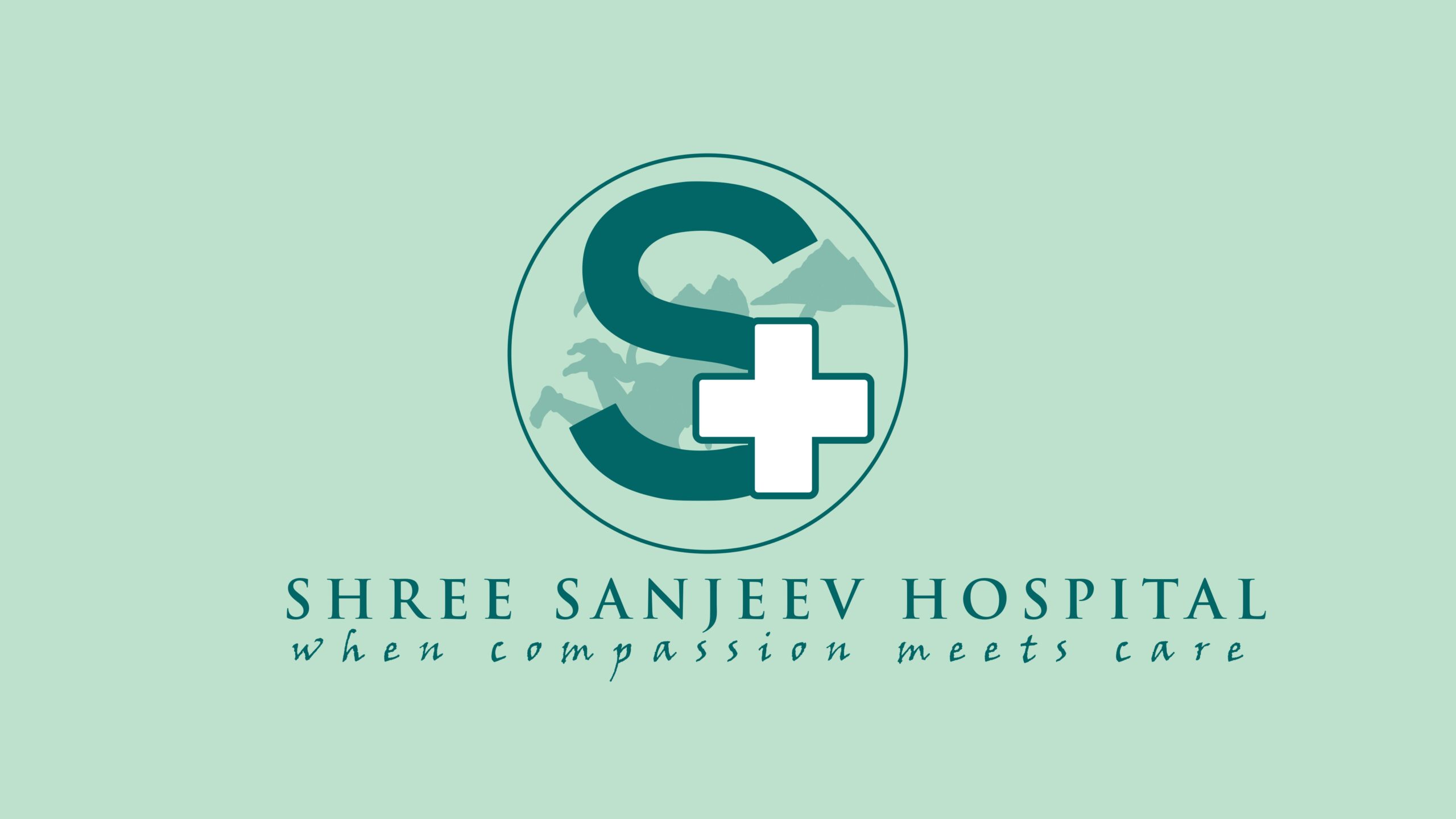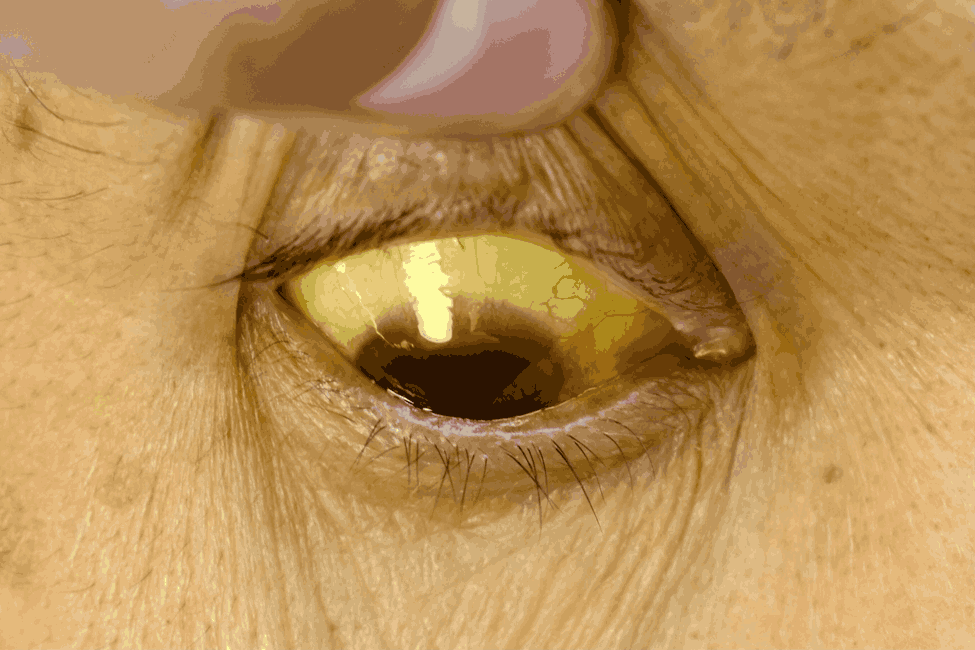Introduction
Icterus, commonly known as jaundice, is a medical condition characterized by the yellowing of the skin, mucous membranes, and the whites of the eyes. It occurs when there is a buildup of bilirubin, a yellow substance produced during the normal breakdown of red blood cells. Although it is a visible symptom, the causes of jaundice are wide-ranging, from liver diseases to blood disorders. Icterus is not a disease itself but a sign of underlying health issues that need to be diagnosed and treated.
What is Icterus?
Icterus is the yellowish discoloration of the skin and the sclera (the white part of the eyes), which occurs due to the accumulation of bilirubin in the body. Bilirubin is a waste product that results from the breakdown of red blood cells. Normally, bilirubin is processed by the liver and excreted in bile. However, if there is a dysfunction in the liver, bile ducts, or the red blood cells, bilirubin levels rise and lead to the characteristic yellowing seen in jaundice.
While jaundice is often associated with liver disease, it can result from a variety of causes, including hemolysis (destruction of red blood cells), bile duct obstruction, or liver dysfunction.
Causes of Icterus
Icterus can be classified based on the underlying cause of the bilirubin buildup. The main types of jaundice are:
- Pre-Hepatic Jaundice (Hemolytic Jaundice):
This occurs before the bilirubin reaches the liver. It is caused by excessive breakdown of red blood cells (hemolysis), leading to an overload of unconjugated bilirubin. Causes include:- Hemolytic Anemia: A condition where red blood cells are destroyed faster than they can be replaced.
- Sickle Cell Disease: A genetic disorder where red blood cells become misshapen and break down prematurely.
- Thalassemia: An inherited blood disorder that affects hemoglobin production.
- Hepatic Jaundice (Liver Disease):
This type of jaundice results from liver dysfunction, which prevents the liver from processing bilirubin properly. It can be caused by:- Hepatitis: Inflammation of the liver, often caused by viral infections like hepatitis B or C.
- Cirrhosis: Scarring of the liver tissue, often due to chronic alcohol use, hepatitis, or fatty liver disease.
- Liver Cancer: Malignancy in the liver can disrupt its ability to function and excrete bilirubin.
- Fatty Liver Disease: Accumulation of fat in the liver cells can cause inflammation and damage to liver tissue.
- Post-Hepatic Jaundice (Obstructive Jaundice):
This occurs after bilirubin leaves the liver and is related to problems with the bile ducts that carry bile to the intestines. Causes include:- Gallstones: Stones that block the bile ducts, preventing bile and bilirubin from flowing properly.
- Pancreatic Cancer: Tumors in the pancreas can block the bile duct and impair bilirubin drainage.
- Bile Duct Strictures or Infections: Scarring or infection of the bile ducts can obstruct bile flow.
- Neonatal Jaundice:
In newborns, jaundice is common and usually benign. It occurs due to the immaturity of the liver in processing bilirubin, and often resolves as the baby’s liver matures. However, in severe cases, it can indicate underlying health problems, such as infections or blood incompatibilities.
Symptoms of Icterus
The most obvious symptom of icterus is the yellowish tint to the skin and the sclera (the white part of the eyes). However, there are other symptoms associated with the underlying conditions that cause jaundice. These may include:
- Yellowing of the skin and eyes: The hallmark symptom of jaundice.
- Dark Urine: When bilirubin is excreted through the urine, it can make the urine appear dark amber or brown.
- Pale or Clay-Colored Stools: When bile cannot reach the intestines, stools may appear pale or clay-colored.
- Fatigue: Common in liver diseases or anemia, causing an overall feeling of tiredness.
- Abdominal Pain: Often a sign of liver disease, bile duct obstruction, or gallstones.
- Itchy Skin: Accumulation of bile acids in the skin can lead to itching.
- Nausea and Vomiting: Occurs in more severe cases of liver disease or bile duct obstruction.
- Loss of Appetite: Often associated with liver disease or severe jaundice.
Diagnosis of Icterus
When jaundice is identified, further investigation is necessary to determine its cause. Diagnosis typically involves:
- Physical Examination:
A healthcare provider will check for yellowing of the skin and eyes. They will also palpate the abdomen to assess for liver enlargement or tenderness. - Blood Tests:
- Liver Function Tests (LFTs): These tests measure the levels of liver enzymes and other substances to assess liver function.
- Bilirubin Levels: A total bilirubin test measures the amount of bilirubin in the blood. Elevated levels of bilirubin can confirm jaundice.
- Complete Blood Count (CBC): To assess for hemolytic anemia or infections that may be contributing to jaundice.
- Ultrasound of the Liver and Gallbladder:
This non-invasive imaging test is used to look for liver abnormalities, gallstones, or blockages in the bile ducts. - CT Scan or MRI:
If a tumor or more complex issue is suspected, these imaging techniques may be used to examine the liver, gallbladder, and bile ducts. - Liver Biopsy:
In cases of liver disease, a small sample of liver tissue may be taken for examination to assess the extent of damage or identify conditions like cirrhosis.
Treatment of Icterus
The treatment for jaundice depends on the underlying cause. The following are common treatments based on the type of jaundice:
- For Pre-Hepatic Jaundice:
- Treatment of Underlying Conditions: Hemolytic disorders may be treated with medications or blood transfusions to manage anemia or the underlying condition.
- Management of Sickle Cell Disease or Thalassemia: Blood transfusions or medications may be used to treat these genetic conditions.
- For Hepatic Jaundice:
- Antiviral Medications: If jaundice is caused by viral hepatitis, antiviral medications may be prescribed.
- Liver Disease Management: Conditions like cirrhosis or fatty liver disease may be managed through lifestyle changes, medications, and monitoring.
- Liver Transplantation: In severe cases of liver failure, a liver transplant may be necessary.
- For Post-Hepatic Jaundice:
- Surgical Intervention: If gallstones or a tumor is obstructing the bile duct, surgery may be needed to remove the obstruction.
- Endoscopic Procedures: These can be used to remove blockages or drain bile from the liver in some cases.
- Neonatal Jaundice:
In newborns, jaundice is often treated with phototherapy, where the baby is exposed to special blue light that helps break down excess bilirubin. In severe cases, a blood transfusion may be required.
Prevention
While some causes of jaundice, such as genetic conditions or certain infections, are not preventable, there are steps you can take to reduce your risk of developing liver diseases that can lead to jaundice:
- Vaccination: Hepatitis vaccines can help prevent viral hepatitis, a common cause of jaundice.
- Healthy Lifestyle: Avoiding excessive alcohol use, maintaining a healthy diet, and exercising regularly can help prevent fatty liver disease and cirrhosis.
- Regular Check-ups: Routine blood tests and liver function tests can help detect liver disease early, especially if you have risk factors like obesity, diabetes, or a history of alcohol consumption.
Conclusion
Icterus, or jaundice, is a visible sign that something is wrong with the body’s ability to process bilirubin. While jaundice itself is not a disease, it is a symptom of various conditions, ranging from liver diseases to blood disorders. If you notice symptoms of jaundice, it is important to seek medical attention to diagnose and treat the underlying cause. Early diagnosis and treatment can help prevent complications and improve the prognosis for patients with jaundice.

